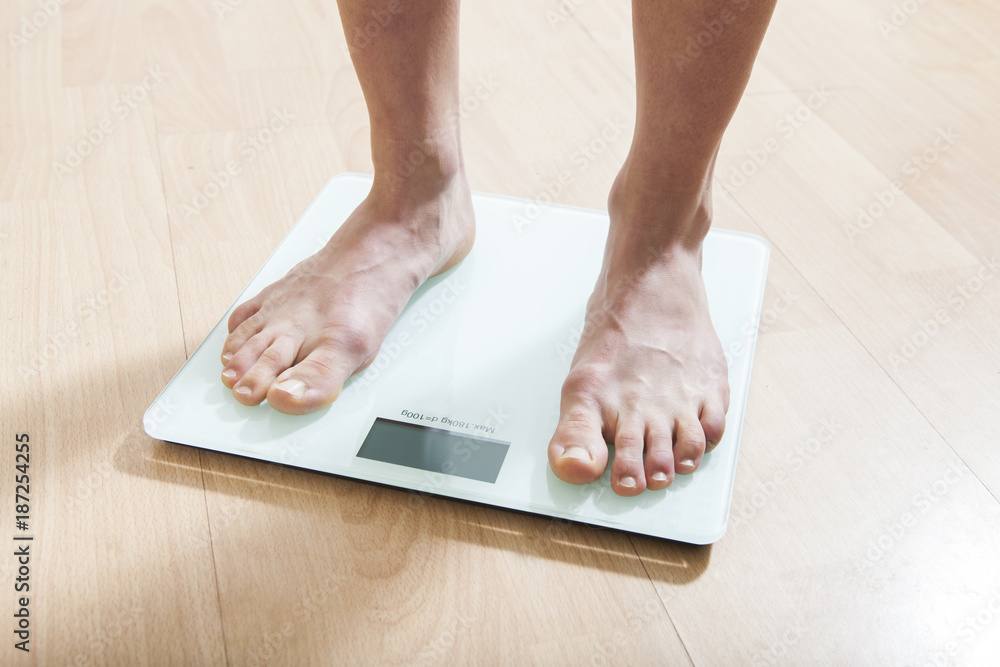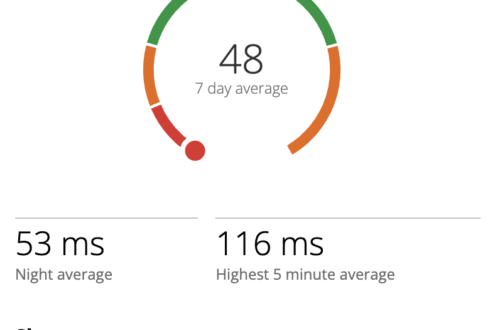
How to Use a Body Composition Scale Correctly for Optimal Results
Body composition scales, like the Garmin Index S2, are increasingly popular tools for tracking fitness progress. However, to ensure accurate and consistent results, it’s crucial to understand how these devices work and adopt a reliable protocol for daily use. In this guide, we’ll cover everything you need to know about using a body composition scale effectively.
How Does a Body Composition Scale Work?
Body composition scales use bioelectrical impedance analysis (BIA) to estimate metrics like body fat percentage, muscle mass, and water content. The device sends a low electrical current through your body and measures the resistance (impedance). Since different tissues (fat, muscle, water) conduct electricity differently, the scale uses this data to calculate your body composition.
It’s important to note that:
• Accuracy can vary: Factors like hydration, food intake, and time of day can impact readings.
• Measurement scope: Most home scales measure the lower body (legs and hips), as the electrical current flows between your feet. Advanced scales or devices in professional settings may offer full-body measurements.
Steps to Use a Body Composition Scale Correctly
Consistency is key for meaningful and actionable data. Here’s a protocol to ensure reliable results:
1. Weigh Yourself at the Same Time Each Day
• Optimal Time: Morning, immediately after using the restroom and before eating or drinking.
• Why: This minimizes variables like hydration and food intake, which can affect body weight and impedance readings.
2. Hydration Consistency
• Drink a fixed amount of water (e.g., 200-300 ml) 30 minutes before weighing yourself. This stabilizes your hydration levels, which significantly impact BIA measurements.
3. Prepare Your Body
• Feet: Ensure they are clean, dry, and free of lotion to improve electrical conductivity.
• Clothing: Weigh yourself without clothing or in minimal attire to avoid added weight.
4. Position Yourself Correctly
• Stand barefoot with feet firmly placed on the scale’s sensors.
• Stay still and relaxed during the measurement process.
5. Track Regularly
• Record your results daily or weekly under consistent conditions to monitor trends over time rather than focusing on single-day fluctuations.
When to Use Athlete Mode?
Many body composition scales, including the Garmin Index S2, feature an “athlete mode” designed for highly active individuals. This mode adjusts calculations based on higher muscle mass and lower body fat percentages typically seen in athletes.
Who Should Use It?
• Individuals training more than 10-12 hours per week.
• Those with visibly high muscle mass or a low resting heart rate (<60 bpm), indicative of cardiovascular fitness.
If your training includes consistent strength and endurance sessions (like the hybrid approach combining weightlifting and running), enabling this mode can provide more accurate readings.
Factors That Can Affect Accuracy
To get the most reliable measurements, avoid the following before weighing yourself:
• Heavy meals: Wait at least 2-3 hours after eating.
• Intense exercise: Exercise can temporarily alter hydration and body water distribution.
• Alcohol consumption: Dehydration from alcohol can skew readings.
• Extreme temperatures: Avoid weighing in excessively hot or cold environments.
Beyond Numbers: How to Interpret Results
Body composition scales provide valuable data, but it’s essential to focus on trends over time rather than daily fluctuations. Use metrics like:
• Body fat percentage: Track reductions alongside muscle mass gains.
• Muscle mass: Monitor increases, especially during strength training phases.
• Water percentage: Ensure consistent hydration levels.
Troubleshooting and Enhancing Your Results
If your readings seem inconsistent or unexpected:
• Cross-check with other methods: Use calipers, circumference measurements, or professional scans like DEXA for comparison.
• Stick to a protocol: The more consistent your routine, the more reliable your data will be.
• Consider recovery metrics: Pair scale readings with recovery tools, like heart rate variability (HRV), to get a holistic view of your fitness progress.
Summary: Best Practices for Using a Body Composition Scale
To maximize the benefits of a body composition scale:
• Weigh yourself in the morning under consistent conditions.
• Stay hydrated, but avoid excess food, alcohol, or exercise beforehand.
• Use athlete mode if your activity level warrants it.
• Focus on trends, not daily changes.
By following these guidelines, you can turn your scale into a powerful tool for tracking progress and optimizing your fitness journey.
Final Thoughts
Using a body composition scale effectively requires more than stepping on and checking the numbers. With the right habits and understanding, you can gain valuable insights to guide your training and recovery strategies.
If you’re looking for more in-depth guidance on improving your fitness journey, subscribe to the True Grit Fit blog and stay updated with evidence-based tips and practical advice.
Let me know if you’d like to refine or add anything else!




